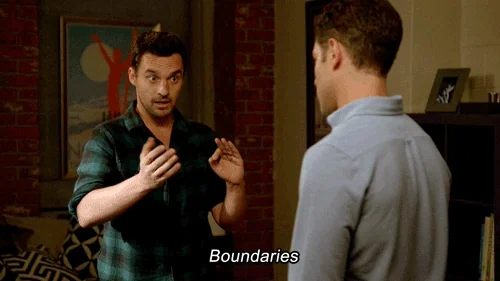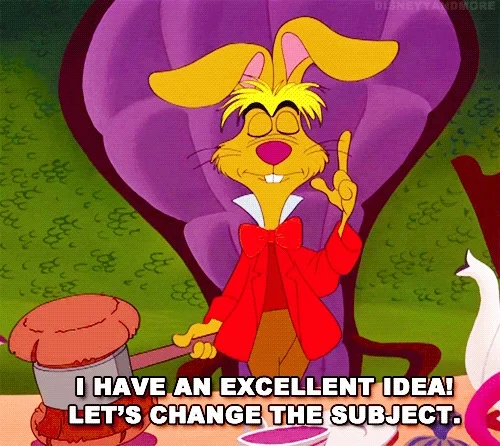Imagine you're in a busy meeting, and a colleague makes a hurtful comment about your work. The room goes silent.

I don’t have to imagine it — I’ve lived it. A colleague once criticized my handling of a project in front of peers and clients, and the silence was deafening. Afterwards, a client and two colleagues checked in privately, breaking that feeling of isolation.
That experience — being targeted, feeling alone, and receiving support — taught me how crucial it is to show up for others as an upstander.
What is an upstander?
Have you ever heard or seen someone say or do something, and you knew it was wrong?
Did you help stop the situation?
If you answered yes to both questions, congratulations: you're an upstander!
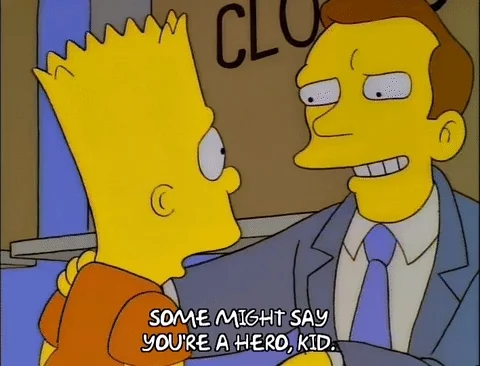 An upstander is the opposite of a bystander.
An upstander is the opposite of a bystander.
While they both may witness the same incident, their reactions and actions set them apart.
 An upstander is a person who sees or hears something that is wrong and does something about it to help.
An upstander is a person who sees or hears something that is wrong and does something about it to help.
They speak up.
They offer support.
They take action.
 A bystander is a person who sees or hears something that is wrong and stays silent or encourages bad behavior.
A bystander is a person who sees or hears something that is wrong and stays silent or encourages bad behavior.
They watch, laugh, or stay silent.
They ignore a person in need.
They assume someone else will intervene.
Being an upstander matters!
An upstander stops bad behaviour. 🫸
An upstander supports a person being targeted. 🫶
An upstander has the power to positively change people’s lives. 🙌
So why do people stay silent?
Studies show that the bystander effect is often the reason people don’t intervene. We assume someone else will step in.
But a recent study shows that people will intervene 9 out of 10 times. With most of us willing to intervene, what are the best ways to show up as an upstander?
Meet Marta and her team
 Marta's team is having lunch together to welcome her to the company.
Marta's team is having lunch together to welcome her to the company.
 Joe is their supervisor and is well-liked.
Joe is their supervisor and is well-liked.
 Binta was the last person hired before Marta.
Binta was the last person hired before Marta.
Joe begins to tell a story about Binta's first week and imitates her accent. The table gets awkward. Some people laugh, and some look down. Joe makes eye contact with Marta.
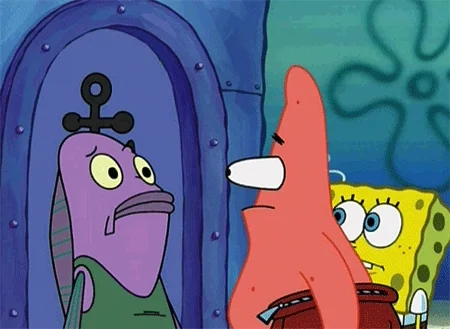 Marta freezes. She knows his story is inappropriate and hurtful, but she doesn't want to challenge Joe. She also doesn't want to put her and Binta's jobs at risk.
Marta freezes. She knows his story is inappropriate and hurtful, but she doesn't want to challenge Joe. She also doesn't want to put her and Binta's jobs at risk.
Marta feels powerless, but she's not.
She has the choice to be a bystander or an upstander. She chooses to be an upstander.
What are the best ways to act?
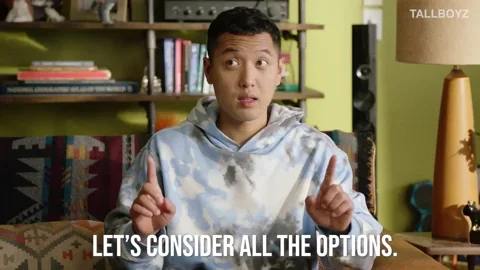
1. Be direct, not aggressive
The goal here is to use your voice to tell them this behaviour is not okay. Set that boundary calmly:
Keep your comments short and simple.
Use "I" statements.
 In Marta's case:
In Marta's case:
She can calmly say to Joe, "That wasn't funny, no need to use an accent."
 You can say:
You can say:
"This needs to stop now."
"I found that really inappropriate."
"I am leaving this chat because it is harmful."
"That was very uncomfortable."
You're setting a boundary, not winning a debate.
2. Shift the focus
Use this strategy when speaking up doesn't feel safe. Redirect the conversation to take the attention away from the aggressor and the target.
 In Marta's case:
In Marta's case:
She can move the attention away from Binta and Joe by engaging with others at the table. She can say. "Hey, Antonio, were you able to send a follow up email to Rick?"
 You can:
You can:
First, engage with other people present.
Ask them questions.
Point out something in the room
Tell a story.
Discover the art of changing the subject.
3. Support the person, not the conflict
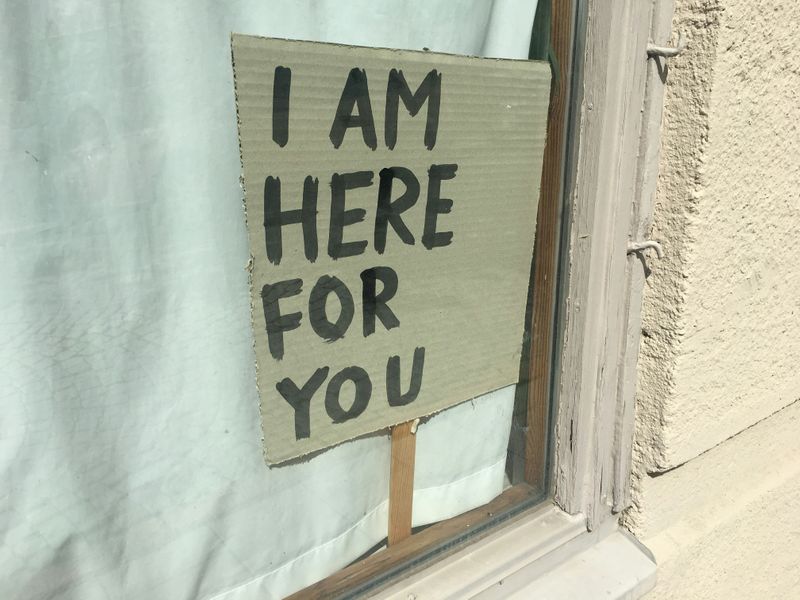 Photo by Rene Paulesich on Unsplash
Photo by Rene Paulesich on UnsplashThe goal is to show solidarity with those being targeted, making them feel acknowledged and supported instead of alone.
 In Marta's case:
In Marta's case:
She can check in with Binta in the moment if she feels comfortable by saying, "Are you ok?"
Or privately as soon as possible with a message or in person: "I want to check in on you and make sure you're ok. I’m sorry about what happened at lunch and that I didn’t say anything."
You can:
 In the moment, check in with them and offer an opportunity to exit the situation.
In the moment, check in with them and offer an opportunity to exit the situation.
"You ok?"
"Want to get out of here?"
"Can you show me how to use the photocopier?"
 After the incident, acknowledge and validate their experience. But most importantly, this is the time for you to listen.
After the incident, acknowledge and validate their experience. But most importantly, this is the time for you to listen.
"I'm sorry that happened to you, it was out of line."
"You don't have to talk about it, but please know I'm here to listen if you do."
"Is there anything I can do to help?"
Your actions are sending a clear message: "I'm on your side."
Quiz
What is Marta's best option to be a good upstander at the team lunch?
4. Document and build support
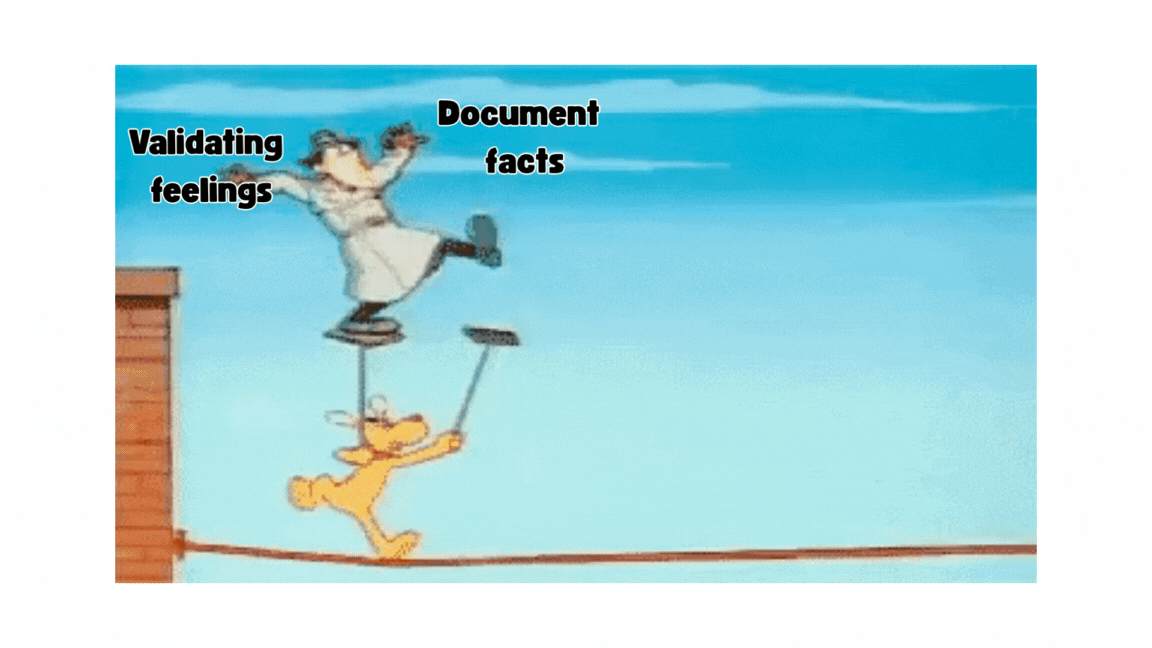 When a problem is a pattern or if direct intervention feels unsafe, a more formal approach may be necessary.
When a problem is a pattern or if direct intervention feels unsafe, a more formal approach may be necessary.
The goal is to build support and use official channels to create change.
 In Marta's case:
In Marta's case:
She can connect with those who seemed uncomfortable or looked away during the incident, validating each other’s feelings to build a support system.
If Binta chooses to take action, Marta could help her document what happened and offer to accompany her when speaking with HR.
You can: ✅
Find an ally or allies to validate feelings.
Center the person who was targeted. The goal is to offer support and follow their lead, not to dictate a plan.
Document the facts. This will differ for each situation. For example, students can use this incident report guide,but always start by writing down the specifics: who, what, where, and when.
Use official channels like HR, a manager, a teacher, or a counsellor.
But don't: ❌
Form a group to confront the aggressor.
Speak on their behalf without their consent or make assumptions about what they need.
Mix personal feelings with your report. Sticking to facts will make your documentation more credible.
Gossip or spread rumours about the incident.
It's a balancing act: it’s about validating feelings with an ally, while staying objective in your documentation, and above all, centering the person who was targeted.
Stay safe as an upstander 🦺
 Your safety and well-being always take priority.
Your safety and well-being always take priority.
Before you jump in as an upstander, there are a few things to keep in mind.
1. Know when to get help.
Ask yourself these three questions:
Is this situation physically dangerous?
I am alone?
Could my actions put me and others at harm?
If you answered yes to any of these questions, your first job is to get help, not intervene.
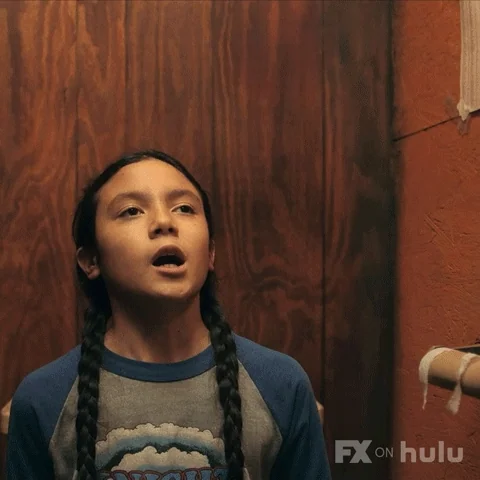
2. Prepare for different situations.
To act safely and confidently, build your toolkit ahead of time:
In physical situations, use de-escalation techniques.
Have a plan for when you're alone. Keep a few of these intervention strategies on hand.
3. Practice self-care
Intervening or witnessing a negative event can be stressful. If you feel unsafe or need support after an event:
Talk to someone. This can be a person you trust or a confidential crisis line.
Do small things to help you feel grounded.
Take Action
Being an upstander isn't easy and takes practice. But it's choosing change and kindness over silence.
Always run through the safety checklist before you act. If a situation feels dangerous, get help.
Know your options and choose the strategies that work for you: be direct, shift the focus, check in and, document and build support.
Support the person being targeted. Always listen, offer help, and respect their decision on how to proceed.
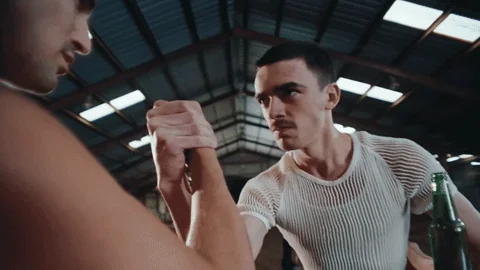 You don't have to wait for a big crisis to happen. Start training your upstander muscles this week:
You don't have to wait for a big crisis to happen. Start training your upstander muscles this week:
Your feedback matters to us.
This Byte helped me better understand the topic.

